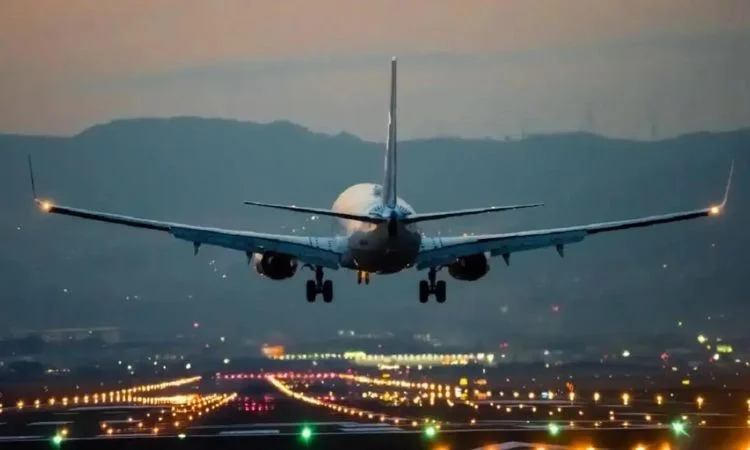The DGCA advises airports to set up runway safety teams and install cutting-edge technology for improved situational awareness in order to improve runway safety and avoid mishaps like the most recent crash at Haneda airport.
The circular places a strong emphasis on following standard procedures and providing employees with thorough training. ATCs are urged to put emergency measures in place in case a stop bar becomes inoperable and to activate stop bars. The DGCA claims that runway incursion risk can be further reduced by addressing human factors and encouraging a proactive attitude.

Aviation watchdog DGCA has requested that, among other things, stakeholders establish a runway safety team at every airport and implement technology to enhance situational awareness in order to reduce runway incursions at airports. In response to the aircraft crash at Japan’s Haneda airport last month caused by a runway incursion, the Directorate General of Civil Aviation (DGCA) has released a circular.
In addition to developing and maintaining a runway safety team at every aerodrome, the regulator has placed a strong focus on thorough training for pilots, air traffic controllers, aircraft maintenance engineers, and drivers who operate within airports.
It is the responsibility of Air Traffic Controllers (ATCs) to make sure that stop bars are turned on to signify a stop and off to allow traffic to continue. Vehicles or planes should never be told to cross lit red stop bars, according to a Monday press statement from the DGCA.
The watchdog added that airlines, aerodromes, and ATCs should put emergency plans in place to handle unusable stop bars.
Adopting technological interventions to enhance situational awareness is another suggestion. This would help Air Traffic Control (ATC) and other stakeholders recognize the traffic inside the maneuvering area.
Other suggestions include recognizing the impact of human factors on performance, which may contribute to runway incursions, and making sure that all relevant staff and stakeholders follow established processes.
According to DGCA, the frequency of runway incursions is declining, and the risk of such occurrences can be further decreased by guaranteeing a proactive approach among all stakeholders.
According to ET Times, On January 2, a big passenger airliner and a Japanese Coast Guard aircraft crashed and caught fire on the runway at Haneda airport, resulting in a deadly tragedy. There were five fatalities on the Coast Guard aircraft.
The Japanese Coast Guard’s DHC-8 aircraft entered the runway while a Japan Airlines flight was landing, causing the incident.
After the incident, the DGCA reviewed the policies and procedures it had in place to ensure runway safety and stop runway intrusions.
Averting a tragedy involving two Vistara flights at the Delhi airport in August of last year, the air traffic controller unintentionally authorized the crossing and takeoff of two separate aircraft on the same runway simultaneously before canceling the takeoff.















